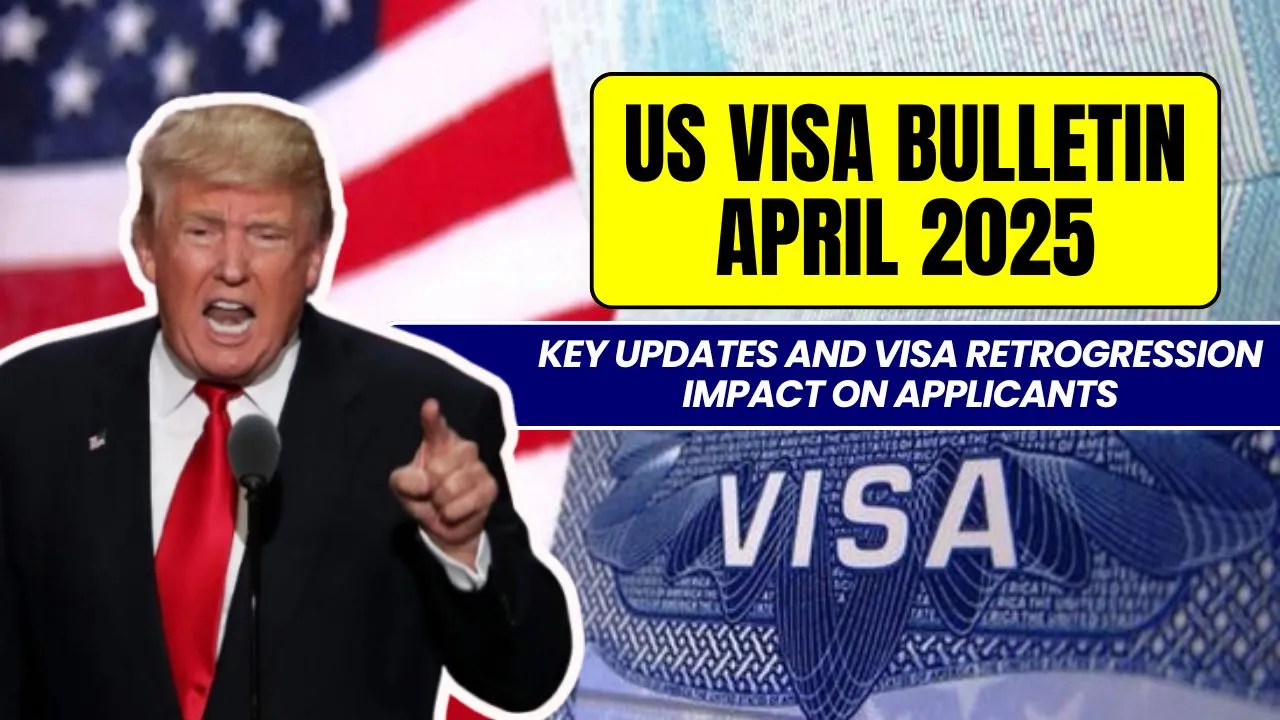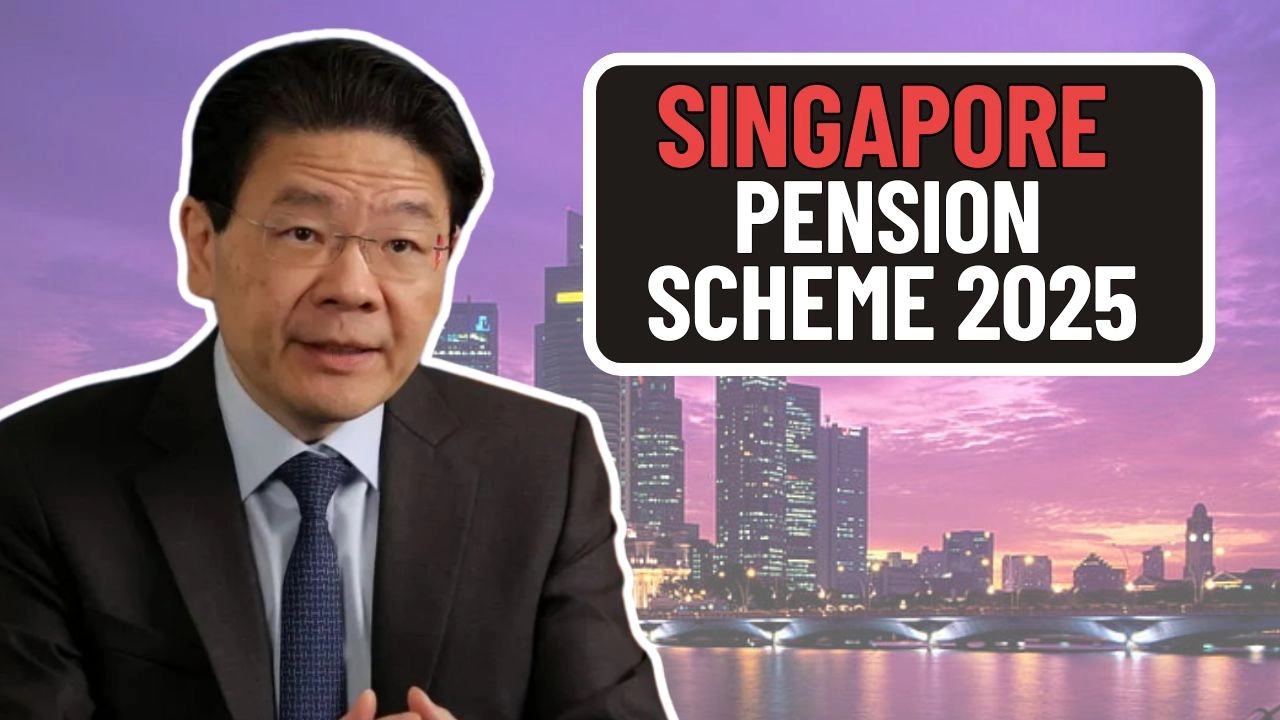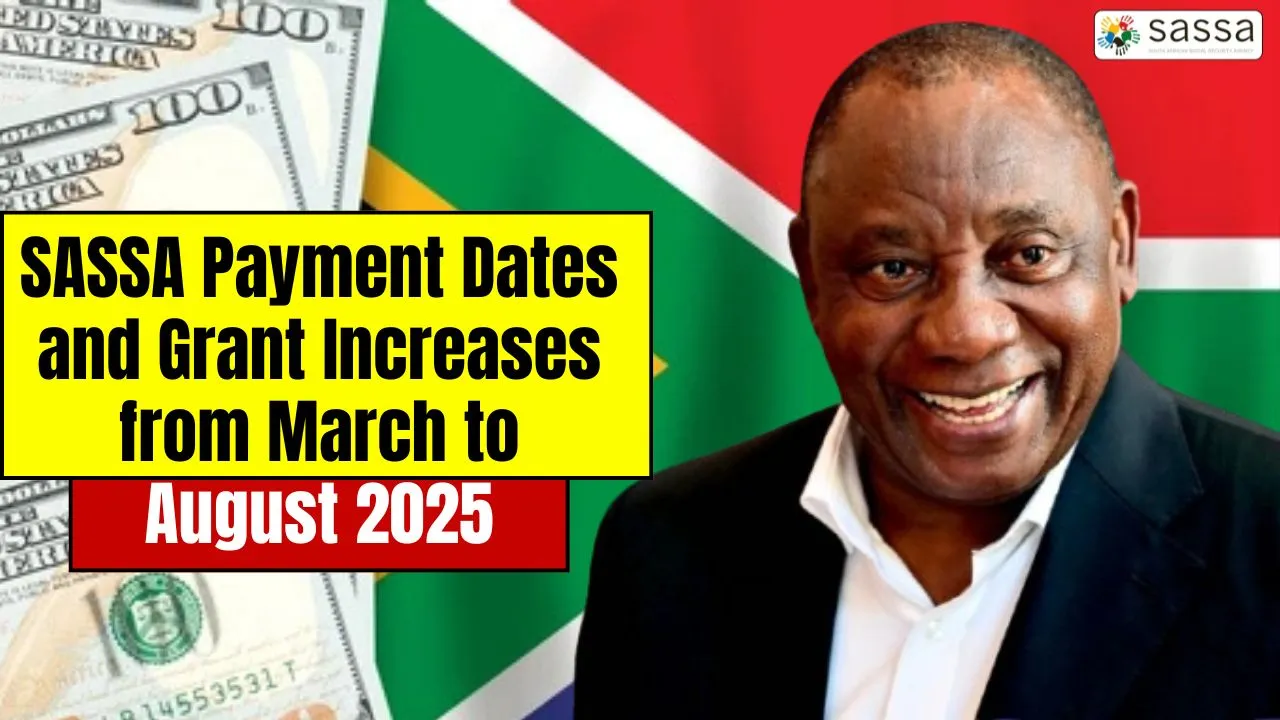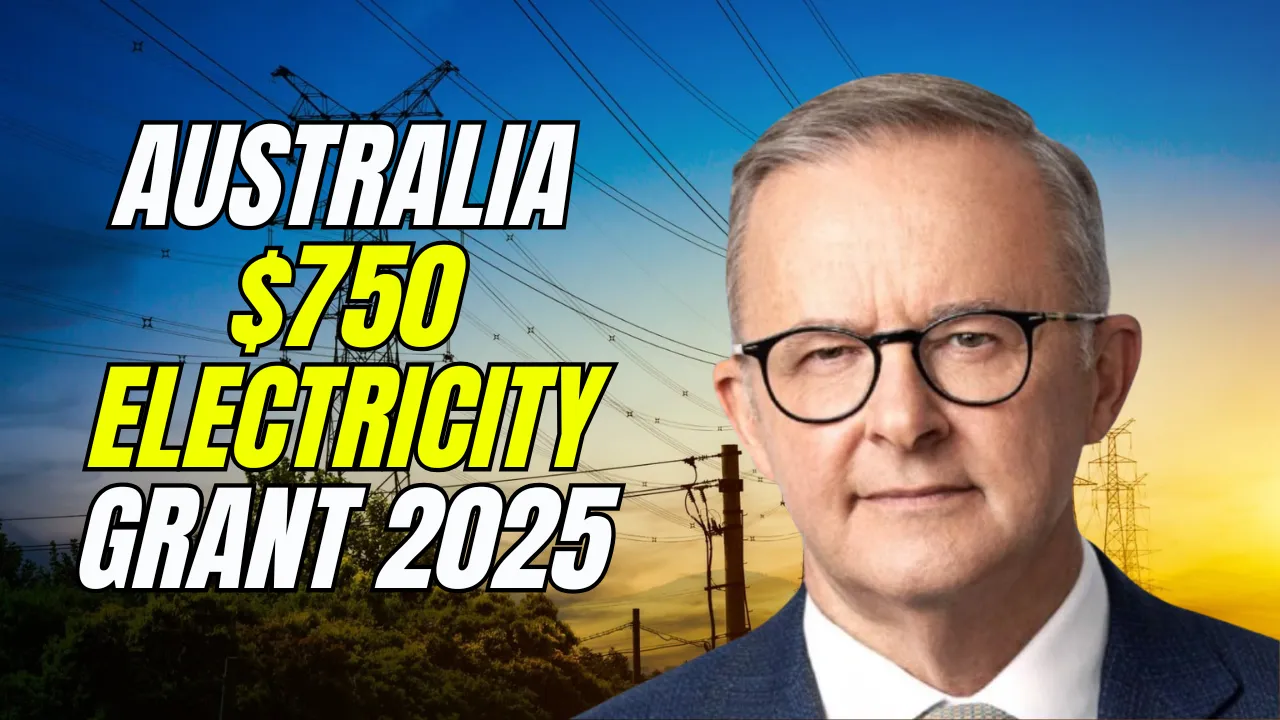The US Visa Bulletin April 2025 has brought significant changes for applicants waiting for green cards. Every month, the US Department of State releases this bulletin to inform applicants about when they can move forward with their family-sponsored or employment-based visa applications. The latest bulletin has made notable adjustments in priority dates, especially affecting applicants from countries like India and China.
In this article, you’ll find a complete overview of the US Visa Bulletin April 2025, covering updates, retrogression details, changes in employment and family-based visa categories, and how these shifts may impact your application process. Let’s dive into the crucial highlights.
US Visa Bulletin April 2025 Overview Table
| Category | Details |
| EB-5 India (Unreserved) | Priority date: November 1, 2019 |
| EB-5 China (Unreserved) | Priority date: January 22, 2014 |
| EB-1, EB-2, EB-3 India | Slight progress, demand slowing forward movement |
| EB-4 Visas | Not available for all countries until October 1, 2025 |
| F1 (Unmarried Sons/Daughters of US Citizens) | Moved to March 15, 2016 |
| F2A (Spouses/Children of Permanent Residents) | Remains January 1, 2022 |
| F2B (Unmarried Sons/Daughters of Permanent Residents) | Moved to July 22, 2016 |
| F3 (Married Sons/Daughters of US Citizens) | Moved to April 1, 2011 |
| F4 (Siblings of US Citizens) | Moved to June 15, 2006 |
| Family-Sponsored Visa Cap | 226,000 visas for FY2025, 7% per country limit |
| EB-1, EB-2, EB-3 Employment-Based Allocation | Each gets 28.6% of total employment-based visas |
| EB-4, EB-5 Employment-Based Allocation | Each gets 7.1% of total employment-based visas |
What’s New in the US Visa Bulletin April 2025?
The US Visa Bulletin April 2025 includes notable updates across both family-sponsored and employment-based categories. One of the biggest changes is the retrogression seen in specific employment-based categories, especially for applicants from China and India. Additionally, some family-sponsored categories experienced date shifts, while others remained unchanged.
The bulletin also reflects the exhaustion of annual visa limits in certain categories, meaning applicants in these areas will face longer wait times before they can proceed.
Major Changes Announced for Visa Applicants
Several major adjustments were announced in this month’s bulletin:
- EB-5 Unreserved for India and China: India’s EB-5 category shows a priority date of November 1, 2019, and China’s has been retrogressed to January 22, 2014.
- EB-1, EB-2, EB-3 India: Although these categories progressed slightly, high demand has slowed significant forward movement.
- EB-4 Category: The EB-4 visa category has reached its annual cap as of February 28, 2025. This means no EB-4 visas will be issued until October 1, 2025.
- Family-Sponsored Categories: Categories like F1, F2B, F3, and F4 have experienced changes in priority dates, impacting applicants’ wait times.
These adjustments highlight the importance of understanding priority dates and visa availability.
Understanding Visa Retrogression in April 2025
Visa retrogression happens when demand exceeds the available number of visas in a fiscal year. In the US Visa Bulletin April 2025, retrogression affects both EB-5 and EB-4 categories significantly.
For India and China’s EB-5 applicants, the retrogression signals a longer wait. China’s priority date has been set back to early 2014, while India’s date is now late 2019. Additionally, EB-4 visas will not be available until the next fiscal year starts on October 1, 2025, because the quota has already been filled.
This backlog is largely due to rising applications, creating additional delays for those still waiting.
Family-Based Visa Category Updates
Family-sponsored visa applicants will notice several shifts:
- F1 (Unmarried Sons and Daughters of US Citizens): Moved forward to March 15, 2016.
- F2A (Spouses and Children of Permanent Residents): Remains at January 1, 2022, without changes.
- F2B (Unmarried Sons and Daughters of Permanent Residents): Updated to July 22, 2016.
- F3 (Married Sons and Daughters of US Citizens): Progressed to April 1, 2011.
- F4 (Siblings of US Citizens): Now set at June 15, 2006.
The family-sponsored visa limit for fiscal year 2025 is capped at 226,000, with no country receiving more than 7% of that total.
Employment-Based Visa Category Updates
In employment-based categories, visas are divided across five preferences:
- EB-1 (Priority Workers): Allocated 28.6% of total visas.
- EB-2 (Advanced Degree Holders and Exceptional Ability): 28.6%.
- EB-3 (Skilled Workers and Professionals): 28.6%.
- EB-4 (Special Immigrants, Religious Workers): 7.1%, now unavailable until October 2025.
- EB-5 (Immigrant Investors): 7.1%, split further into rural areas, high unemployment areas, infrastructure projects, and general investors.
While EB-1, EB-2, and EB-3 show minimal progress, demand continues to put pressure on processing times.
Countries Affected by Visa Retrogression in April 2025
The US Visa Bulletin April 2025 particularly impacts India and China. Applicants from these countries face the longest delays, especially in the EB-5 and EB-4 categories. Other countries also experience the EB-4 halt due to the cap being met.
Family-sponsored categories show varying impacts depending on country limits and overall demand, but India is notably affected across multiple categories.
What to Do if Your Priority Date is Impacted
If your priority date has retrogressed or has not moved forward:
- Stay updated by checking the monthly visa bulletin.
- Consult with an immigration attorney to explore if alternate visa options exist.
- Keep documents ready, so you can file immediately once your date becomes current.
- Be prepared for delays and plan accordingly if waiting for a green card.
How to Check Your Current Visa Status
To track your application’s progress:
- Visit the USCIS Case Status tool online.
- Refer to the US Visa Bulletin April 2025 and match your category and country.
- Compare your priority date with the listed Final Action Dates and Dates for Filing.
- Reach out to USCIS or your legal advisor for clarification if needed.
Final Thoughts
The US Visa Bulletin April 2025 introduces both progress and setbacks, especially for applicants from high-demand countries like India and China. Retrogression in the EB-5 and EB-4 categories adds to wait times, while family-sponsored categories show mixed updates. Staying informed and ready is essential to navigate these changes smoothly.
If you’re affected by these updates, it’s important to monitor future bulletins closely and consult experts to understand your best options moving forward.
Conclusion
The US Visa Bulletin April 2025 reflects shifting demand and strict limits on visa availability. With retrogression affecting key employment-based categories and varied progress in family-based ones, applicants must remain patient and well-prepared. Understanding the bulletin’s updates can help you manage expectations and plan effectively.
Frequently Asked Questions (FAQs)
What is the priority date for EB-5 applicants from India in April 2025?
The priority date for India’s EB-5 Unreserved category is set at November 1, 2019.
Why are EB-4 visas not available until October 2025?
The EB-4 category reached its annual limit on February 28, 2025, and new visas won’t be issued until the new fiscal year begins on October 1, 2025.
How are employment-based visas allocated?
EB-1, EB-2, and EB-3 each receive 28.6% of employment-based visas, while EB-4 and EB-5 each get 7.1%.
What changes were made to family-sponsored categories for Indian applicants?
Several categories, such as F1 and F2B, moved forward, while others like F2A remained unchanged.
What does visa retrogression mean for applicants?
Visa retrogression means that priority dates are set back due to high demand, resulting in longer waiting periods before applications can be processed.













